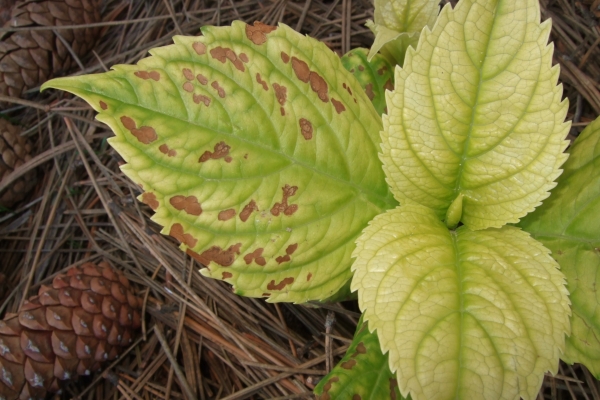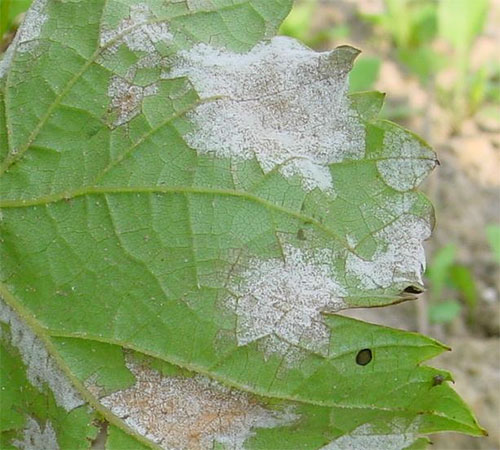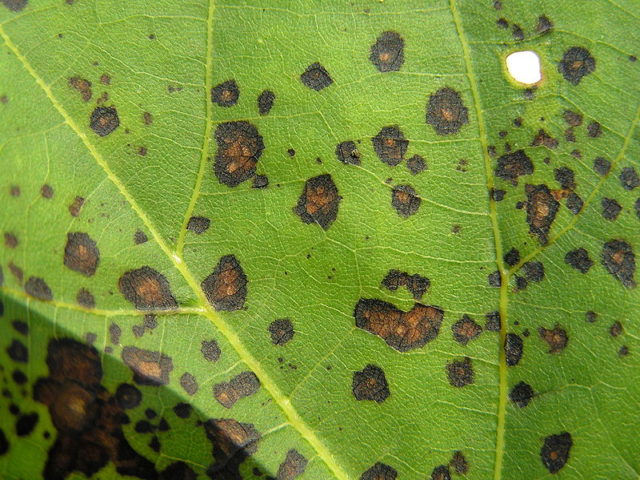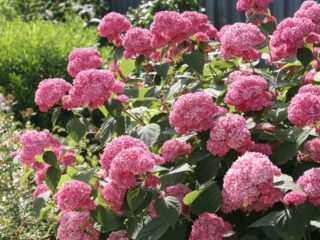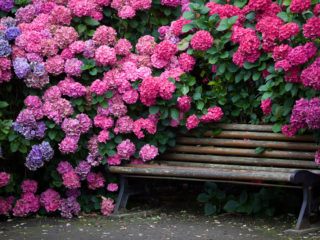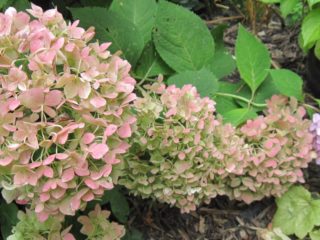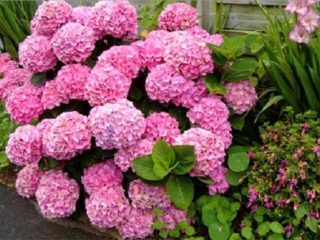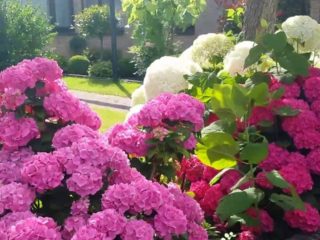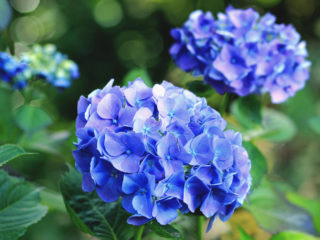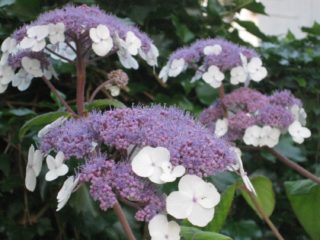Content
- 1 Description of petiole hydrangea
- 2 Varieties of petiole hydrangea
- 3 Why does petiole hydrangea not bloom?
- 4 Petiole hydrangea in landscape design
- 5 Winter hardiness of climbing petiolate hydrangea
- 6 Planting and caring for climbing hydrangea
- 7 How to propagate petiole hydrangea
- 8 Diseases and pests
- 9 Conclusion
- 10 Reviews from gardeners about petiole hydrangea
Petiolate hydrangea is a widespread ornamental plant, characterized by its unpretentiousness in cultivation. It is interesting to understand the varieties of hydrangea and its characteristics, this allows you to understand whether it will be possible to grow it on the site.
Description of petiole hydrangea
Decorative petiole hydrangea is also called climbing, climbing or climbing. The stems of the plant are deciduous vines that grow up to 20 m in length; they are usually laid on vertical supports. The leaves of the plant are large, with a pointed base, dark green, the flowers are white or pale pink, light purple, collected in large inflorescences 20 cm in diameter.

The species is unique in that it grows in the form of long vines
Under natural conditions, petiole hydrangea grows on Sakhalin, Korea and Japan in deciduous and coniferous forests. It has been cultivated all over the world since the 19th century.
Varieties of petiole hydrangea
In gardening, the plant is represented by several popular varieties. Among themselves, the types of petiole hydrangea differ mainly in the length of the vines and the color of the leaf blades.
Petiolaris
Petiole hydrangea of this variety can grow up to 25 m in height and is perfect for decorating garden plots. Petiolaris is used to decorate buildings, fences and tall trees. The leaves of the plant are dark green, the flowers are greenish or white.
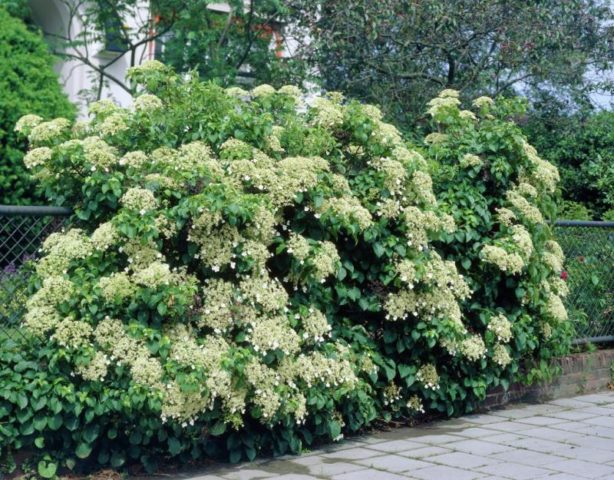
The variety is characterized by rapid growth - Petiolaris adds about 1 m in length per year, thanks to this you can decorate the garden with flowering vines very quickly
Miranda
The Miranda variety reaches about 10 m in height and blooms almost all summer with white flowers with a pleasant sweet aroma. The variety is considered one of the most beautiful because it has decorative leaves - bright green in the middle with a yellow border along the edges.
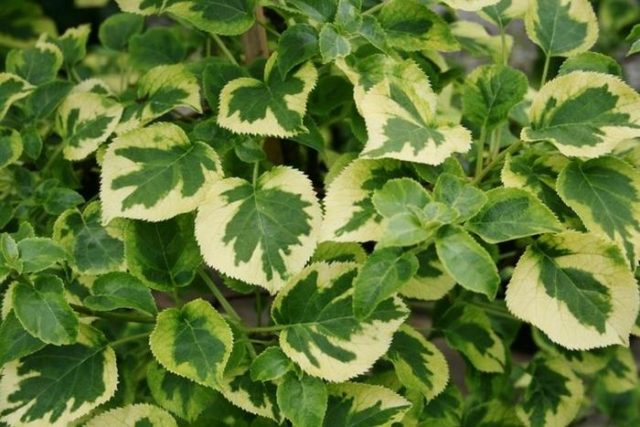
Hydrangea looks good in the garden not only in summer, but also in autumn, when the inflorescences have already fallen off
Cordifolia
Dwarf petiolate hydrangea usually grows no more than 1.5 m in height. You can recognize the variety not only by its compact size, but also by the color of the leaves - on the underside they are not bright green, but slightly whitish.
Cordifolia blooms with flowers of a delicate creamy hue.
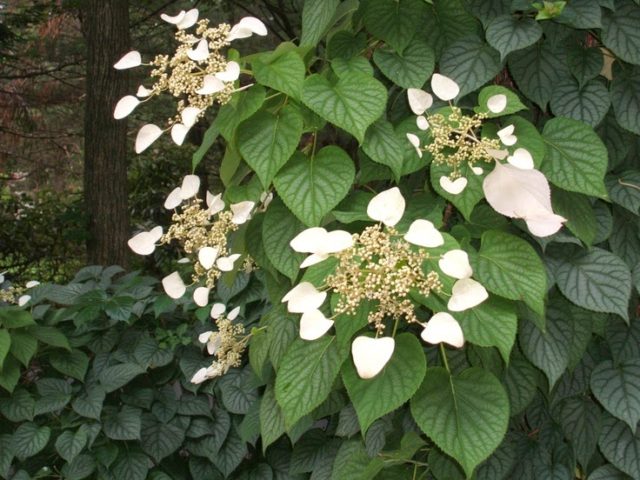
Another characteristic feature of the variety is its slow growth, amounting to only 10 cm per year.
Take and Chance
Beautiful petiole hydrangea has an unusual appearance. The leaves of the plant are dark green with white edging along the edges and marbled in color, sometimes they acquire a completely whitish tint. Take e Chance's flowers are white, with a slight cream tint.
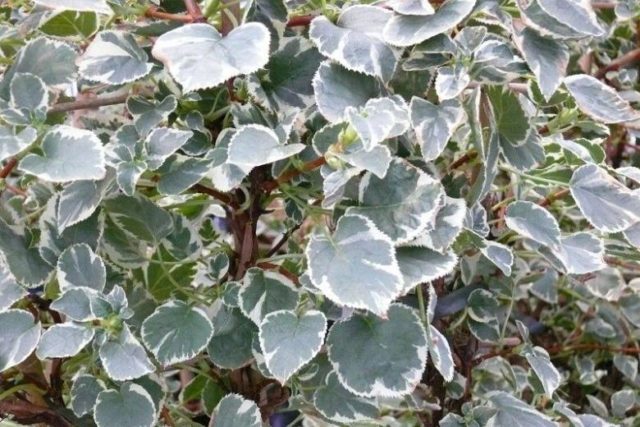
Flowering continues throughout most of the summer, as with other varieties
Silver Lining
Petiole hydrangea grows on average up to 2 m in height, sometimes up to 7 m. It is distinguished by deep green leaves with a white edge, the underside of the leaves is reddish.
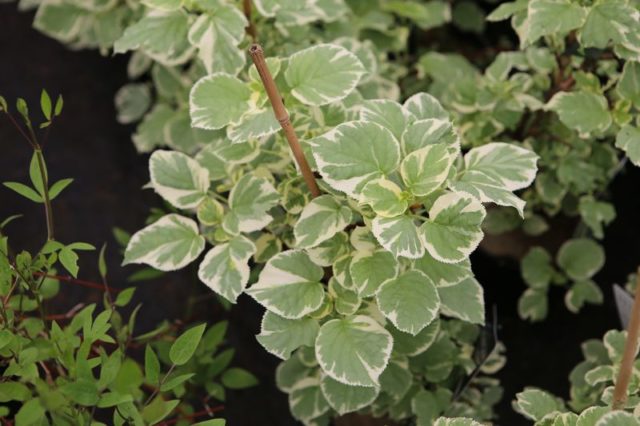
In the summer, the variety blooms profusely with beautiful white flowers, and in the fall it completely acquires a burgundy color and looks very decorative.
Winter Surprise
Hydrangea Winter Surprise usually grows no higher than 2 m. The leaves of the variety are green, but closer to autumn they acquire a reddish, maroon or cherry tint. The variety blooms with snow-white large flowers, hence the name of the plant.
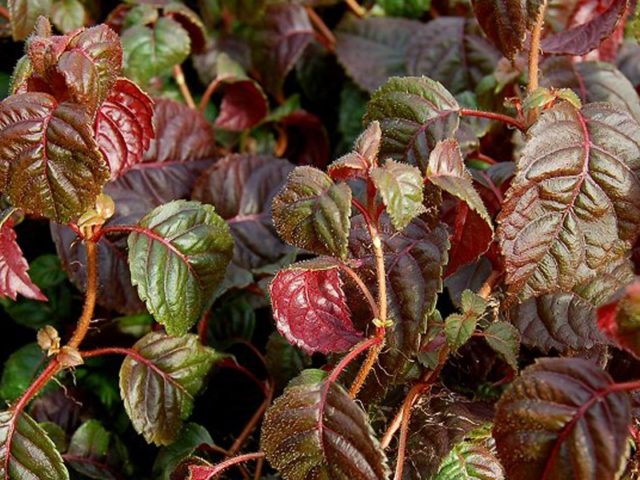
Unlike most hydrangeas, Winter Surprise has early flowering - in late spring and early summer.
Why does petiole hydrangea not bloom?
Although most varieties are quite attractive in themselves, hydrangea is usually planted in the garden in order to admire its lush and bright blooms. But it happens that the plant does not bloom, and there are several reasons for this:
- Damage by pests or diseases. If spider mites, aphids and other insects have settled on the plant, or it has suffered from fungal diseases, then it may not bloom. Hydrangea will not have enough strength to form buds.
- Lack of light.Although petiole hydrangea can grow in light shade, flowering can only be achieved from it in the presence of good lighting.
- Excess nitrogen in the soil. If the soil is oversaturated with fertilizers, and in particular nitrogen, the plant will grow quickly, but will not be able to form flowers.
- Incorrect trimming. Heavily dense plants bloom poorly or do not bloom at all. All their energy goes into maintaining the green mass. Also, flowering will not take place if you carelessly cut off annual shoots; it is on them that flower buds are laid.
Petiole hydrangea in landscape design
When creating garden design, petiole hydrangea is used very widely and variedly. Photos of liana-shaped hydrangea demonstrate that it can be used:
- for decorating a stone surface - a wall, barn, garage or high fence;
- for single plantings - often petiole hydrangea is fixed on a support made of reinforcement and a kind of bonsai is formed 2-3 m high;
- to create gardens in Japanese style;
- for decorating gazebos and arches;
- for braiding garden tree trunks.
Basically, liana-shaped hydrangea is fixed on vertical supports. But sometimes it is also used as a ground cover plant to decorate slopes. The only drawback of this use case is that it is almost impossible to walk on the hydrangea creeping under your feet. Its leaves form a very slippery cover for the soil, this becomes especially noticeable after rain.
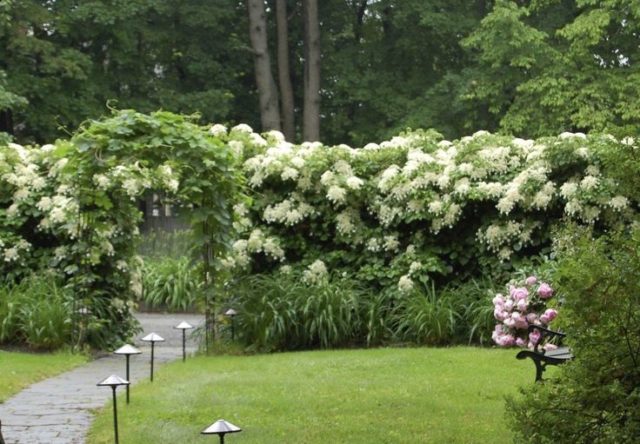
A liana-like plant can completely transform the landscape
Winter hardiness of climbing petiolate hydrangea
Adult climbing hydrangea is a very winter-hardy plant that can easily tolerate frosts down to -35 °C. This allows you to grow the crop not only in the middle zone, but also in Siberia, practically without worrying about winter shelter.
It is recommended to protect only young plants 2-3 years old from frost. It is better to remove them from the support and cover them for the cold period.
Planting and caring for climbing hydrangea
One of the main advantages of climbing hydrangea is its unpretentiousness. Growing an ornamental plant is very easy; only minimal effort is required from the gardener.
Selection and preparation of a landing site
Hydrangea needs sunlight, but does not tolerate scorching heat and drafts. Therefore, it needs to be planted in an area where there is shading and protection from the wind, this will allow the plant to feel comfortable and maintain the ability to flower. The optimal location for the culture would be a proximity to tall trees, fences or buildings.
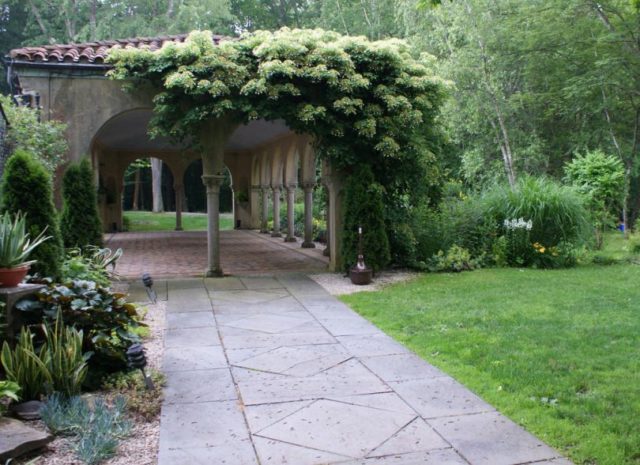
Lianas feel best in light shade with protection from the wind.
Petiolate hydrangea prefers soils that are acidic and low in calcium. The plant feels best on loose soils with good drainage, and if the crop is to be planted on heavy soil, then special attention should be paid to the sand.
Landing rules
The planting hole for petiole hydrangea is prepared approximately 2 weeks before planting; the depth of the hole should be 2 times greater than the root system of the seedling.A mixture of peat, compost, clay, sand and leaf soil is poured halfway into the hole.
Before planting, the plant seedling is kept in water for 12 hours so that the roots are properly saturated with moisture. Then the hydrangea is lowered into a half-filled hole, straightening its roots, and covered with the remaining soil. The neck should be recessed by a maximum of 3 cm.
The soil in the tree trunk circle is lightly trampled down and the hydrangea is watered generously, at least 2 buckets per root. Mulch damp soil to prevent water from evaporating too quickly.
Most varieties of hydrangea grow quickly, so it is recommended to install supports for climbing shoots already at the planting stage. If vines are planted in several copies, you need to leave a space of at least 1 m between them, otherwise they will interfere with each other as they grow.
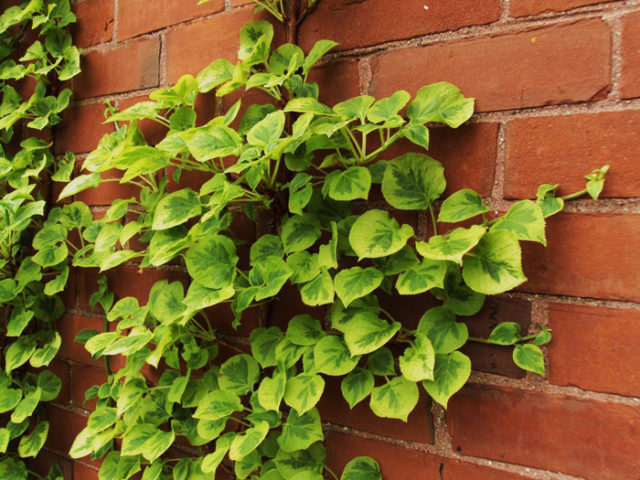
Immediately after planting, it is advisable to attach the future vine to a support
Watering and fertilizing
The climbing plant needs a lot of moisture, so it needs to be watered regularly. In dry, warm weather, you need to pour 30 liters of water into the tree trunk twice a week, in rainy weather - only once a week. The water must be purified and warmed to room temperature.
Petiole hydrangea is usually fed three times a year:
- In early spring, at the beginning of the growing season, it is necessary to add urea, sulfuric potassium and superphosphate to the root.
- During the formation of flower buds, the vine is fed with superphosphate and potassium.
- In August, 10-15 kg of compost or rotted manure are scattered under the hydrangea bushes.
Also in spring, hydrangea bushes can be watered with a pink solution of potassium permanganate, this will strengthen the plant and protect it from disease.

A moisture-loving plant needs to be watered frequently.
Pruning petiole hydrangea
In order for a petiole vine to look truly decorative, it needs to be shaped from time to time; without this, it thickens and takes on an unkempt appearance.
During the pruning process, dried shoots and broken branches are removed from the plant, leaving only 6-10 strong, healthy vines. Annual shoots are not cut off, but shortened to 5 pairs of buds. The main pruning is carried out in the spring, before the hydrangea begins to grow, and in the fall, usually only all dried inflorescences are removed from the vines.
How to cover petiole hydrangea for the winter
Due to its high winter hardiness, adult petiole hydrangea does not require special winter shelter. Even in Siberia, a liana-like plant can tolerate severe frosts; if some of the shoots freeze, then in the spring the petiole hydrangea will quickly produce new ones.
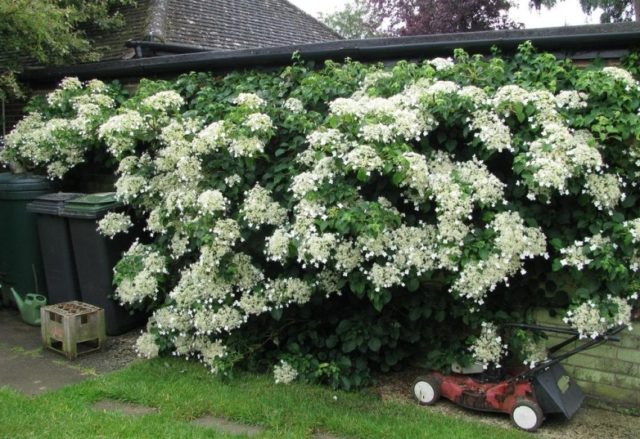
Adult vines do not need winter shelter
Before the onset of cold weather, they are removed from their support and laid on boards, and covered on top with spruce branches, non-woven material or a dense layer of fallen leaves.
How to propagate petiole hydrangea
To increase the population of climbing vines on your site, you can propagate the existing plant without purchasing new seedlings. Basically, gardeners resort to two methods of propagation.
Cuttings
Climbing hydrangea vines propagate well using woody cuttings. At the beginning of summer, a stalk about 15 cm long with at least 2 nodes is cut from a healthy woody stem, the lower leaves are removed and placed in a solution with a root formation stimulator for a day. Then the shoot is planted in a box with a sand-peat mixture, watered and covered with film.
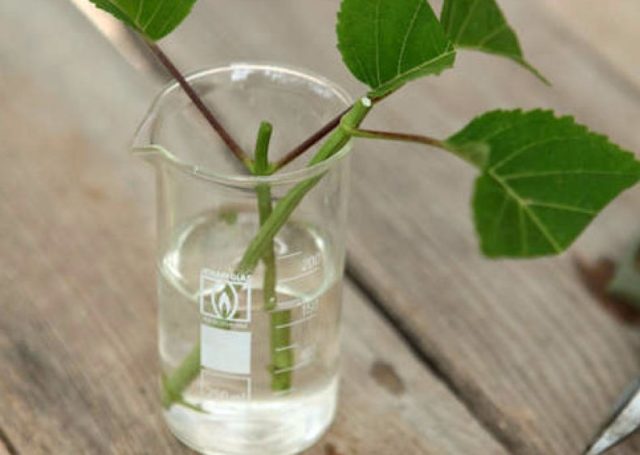
Lianas propagate well from cuttings and seeds
From time to time the film is removed to ventilate the shoot and water it again. When the young petiole vine gets stronger and begins to grow, it is transplanted outdoors, usually the next year.
Seed propagation
The method is used infrequently, since it is difficult to propagate petiole hydrangea from seeds - efforts may not be crowned with success. Purchased seeds are sown in plastic or peat pots with moist nutrient soil, consisting mainly of sand and peat. The container is covered with glass or wrapped in film and placed in a room with a temperature of at least 18 °C.
Before the first shoots appear, the plantings only need to be periodically moistened and ventilated daily. Typically, seedlings appear from the ground after 1.5 months; if you plant the seeds at the end of winter, then in April the seedlings will produce their first leaves.
After the leaves appear, the seedlings can be planted. It is advisable to transfer the plant to the ground only after a year, when the seedlings are properly strengthened.
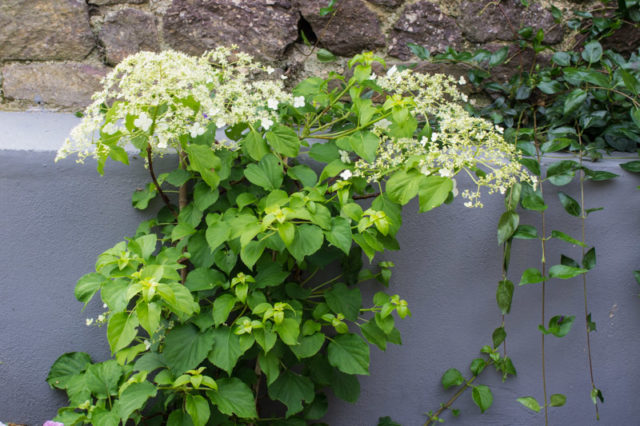
Lianas are usually transferred to an open area in the second year of life.
Diseases and pests
Climbing petiolate hydrangea is a plant vulnerable to pests and diseases. Most often, vines suffer from the following diseases:
- gray rot;
The shoots and leaves of the vine first become gray and colorless, and then black spots appear on them
- chlorosis;
Occurs against the background of iron deficiency in the soil, the leaves of the plant turn yellow ahead of time, while the veins remain green
- white rot;
The roots of petiole climbing vines rot, and the shoots turn black and become covered with a whitish coating
- powdery mildew;
First, the leaves of the petiole vine become covered with yellow spots, and then turn brown on the outside and acquire a purple color on the inside.
- ring spot.
The virus manifests itself as black dead spots on the leaves and quickly leads to the death of the vine-like plant
Spring and summer spraying with Fundazol, Fitosporin and other fungicides helps well against most fungal diseases. Treatments should be carried out at intervals of 2-3 weeks.

Lianas should be regularly sprayed preventatively against pests and fungi.
Of the pests, the greatest danger to vines are spider mites, aphids, root-knot nematodes and snails on vines. To avoid missing an infection, you need to regularly inspect the vines for harmful insects. If infected, the petiole plant can be sprayed with Aktara and other insecticides and acaricides, and also treated with Bordeaux mixture.
Conclusion
Petiole hydrangea is a very unusual and beautiful ornamental plant. Flexible long vines can thickly weave around a fence, the wall of a house or a gazebo, giving the garden a special charm. At the same time, caring for hydrangea is easy - its requirements for conditions are low.

